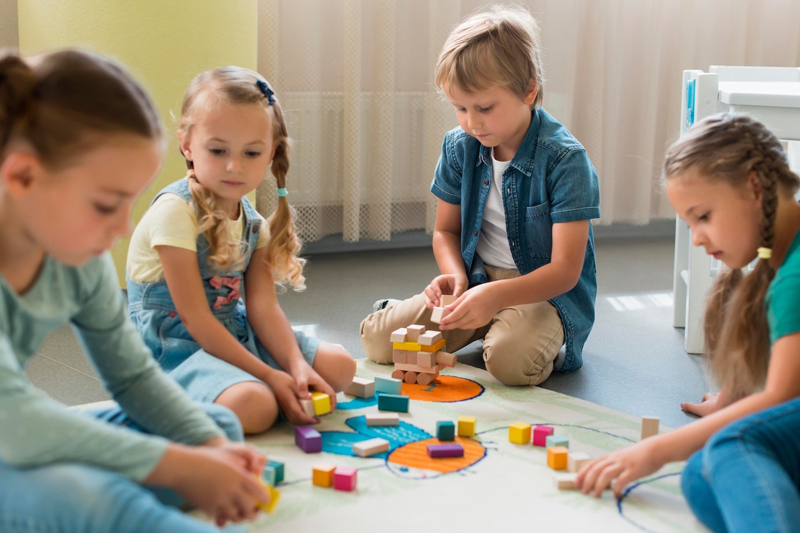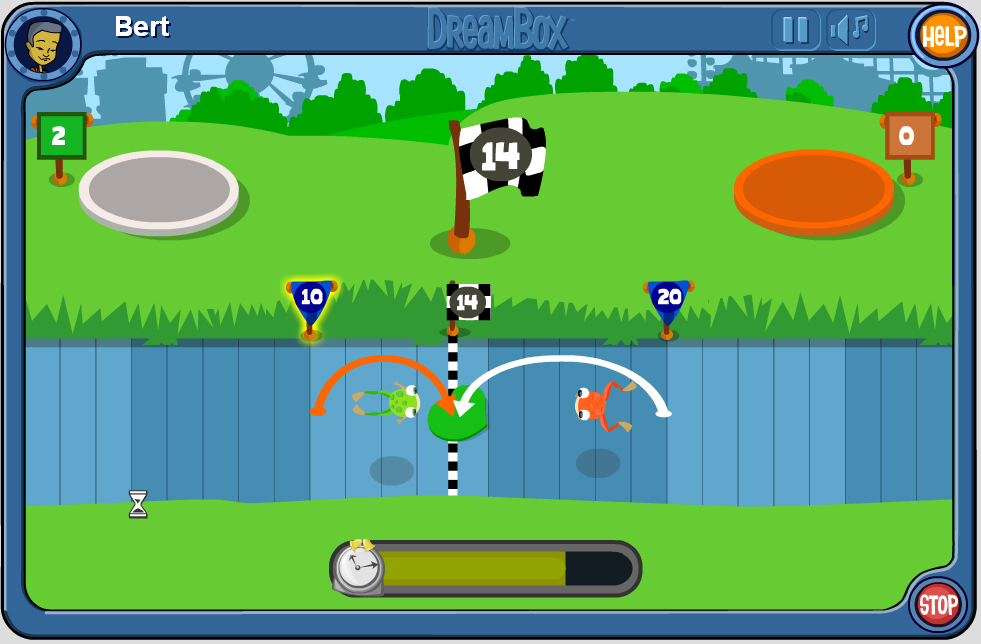Game-Based Learning vs Gamification: What's the Difference?
Game-based learning and gamification are great ways for students to have fun with learning! Not sure which one benefits your classroom or homeschool? In this article, we discuss the differences between these two approaches.

Author
Katie Wickliff
Published:
September 11, 2024

Key takeaways
- Game-based learning uses actual games to achieve learning objectives
- Gamification applies game-like elements to a traditional lesson or learning activity
- Elements of game-based learning and/or gamification can be used in the classroom or in homeschool settings
Games are a fun and effective way to increase student motivation and engagement. Recent research has shown that the younger generation, heavily influenced by technology and instant access to information, often lacks interest in traditional learning methods.
In fact, “gamification” and “game-based learning” have become hot topics in education, and both may have a place in your classroom or homeschool. However, there are several key differences between the two.
This article discusses the differences between these two approaches, providing plenty of examples of both game-based learning and gamification. We’ll also chat about when to use these approaches and how they can best benefit your learners. Let’s get started!
What is game-based learning?

Game-based learning is an educational approach that uses actual games to introduce new concepts or reinforce skills. Game-based learning incorporates both digital and non-digital games into the curriculum to achieve specific learning objectives.
Research has found that students are more engaged in their learning when they are playing games that contain certain elements, such as feedback, choice, and collaboration.
What is gamification?
Gamification is a technique that incorporates game elements, such as achievement badges, leaderboards, or team challenges into traditional lessons or activities. Gamification often encourages competition, student participation, and achievement.
Gamification vs game-based learning cheat sheet
| Game-Based Learning | Both | Gamification |
|---|---|---|
|
|
|
- Uses actual games to learn skills
- Games are often designed to be intrinsically rewarding. Extrinsic rewards often come secondary.
- Active learning
- Can be digital or non-digital
- Promotes engagement and motivation
- Aims to help students achieve their learning goals
- Applies game elements to a task, lesson, or activity
- Game elements are often tied to extrinsic rewards, i.e. badges
The math program that drives results
DREAMBOX MATH
DreamBox adapts to your child’s level and learning needs, ensuring they are appropriately challenged and get confidence-building wins.

Which is better: Gamification or game-based learning?
Both game-based learning and gamification can be used to motivate students in the classroom or homeschool, but there are times when one approach is more effective than the other.
Consider a game-based learning approach to solidify new skills or concepts or review learned ones. Since game-based learning supports learning from mistakes, thinking critically, and deeper exploration.
Gamifying some of the elements of your math curriculum can work to incentivize students to work toward achievable goals. For example, if your child needs to master their multiplication facts but is losing steam, setting up a points system where they earn points for each multiplication fact mastered and then can “redeem” those points for a small reward might energize them to reach their multiplication goals.
Examples of game-based learning
While teachers and parents can use game-based learning across all subjects, we’ve found it especially effective for developing math skills. Examples of game-based learning include:
Math board games
- Sum Swamp. Roll the dice and solve simple addition or subtraction problems to keep the critters moving around the swamp. When my children were learning their addition facts, this was a favorite in our household.
- Qwirkle. Create lines of tiles with matching colors or shapes to score points. This game helps students practice recognizing and classifying characteristics.
- Blokus. This fun strategy game is easy to learn and helps strengthen spatial reasoning skills. Homeschool parents can also use it to introduce the concepts of area and perimeter.
Online or digital math games
- DreamBox Math. An interactive math program that uses animated games and challenges to make learning math fun. Personalized learning plans are tailored to each student’s unique needs, which makes Dreambox perfect for homeschool families.
Math card games
- Make 10. This game uses a deck of playing cards to practice strategy and addition. First, remove the face cards from the deck. Then, deal three cards to each player. Players can discard one card in each round and pick up a new one “make 10” with the cards in their hand.
- Set. Players must identify a “set” as having one of four attributes and race to see who picks up the most sets. This fast-paced game helps kids notice patterns, develop logical thinking, and practice classifying objects. This game is harder than it looks!
Examples of gamification
- Task Card Jeopardy. Use index cards to practice math skills. The visible side of the card is a point value, while the other side is a math problem. In addition to practicing specific math concepts, kids can also practice addition skills by keeping track of how many points they receive.
- Badges or Levels. Offer different badges or levels when students master certain math concepts or skills. Students can help design the badges–taking further ownership of their learning. Consider offering a reward after students collect a set number of badges.
- Scavenger Hunts. A math scavenger hunt gets kids moving indoors, outdoors, or both! Students are given a sealed envelope containing a clue to the next location. To open the envelope, students must solve a math problem paper clipped to the envelope.
Frequently asked questions
Use gamification as an incentive when you need your student to work toward an achievable goal. Use game-based learning to solidify new skills or concepts.
The most important thing when deciding to incorporate either game-based learning or gamification elements into your teaching is to keep the learning objectives in mind. In other words, decide what you want the students to be able to do or understand as a result of playing the game.
Turn math into playtime with Dreambox Math
DREAMBOX MATH
Get started for FREE today!


